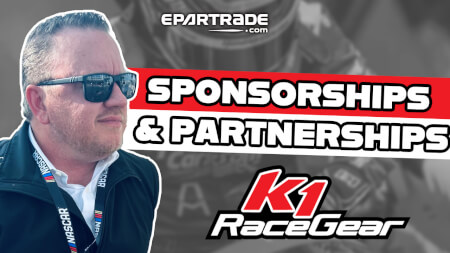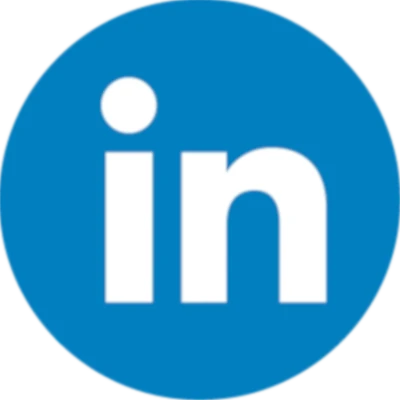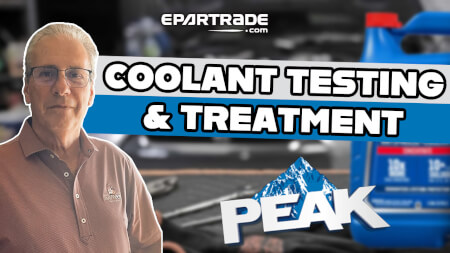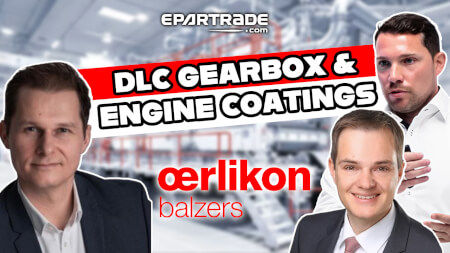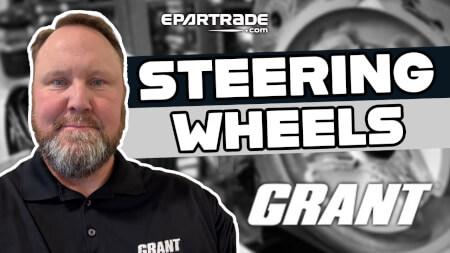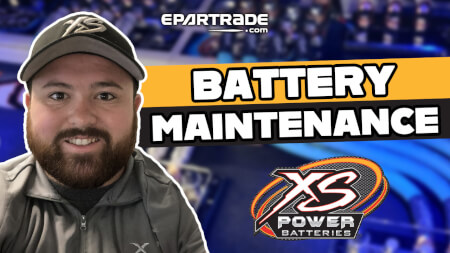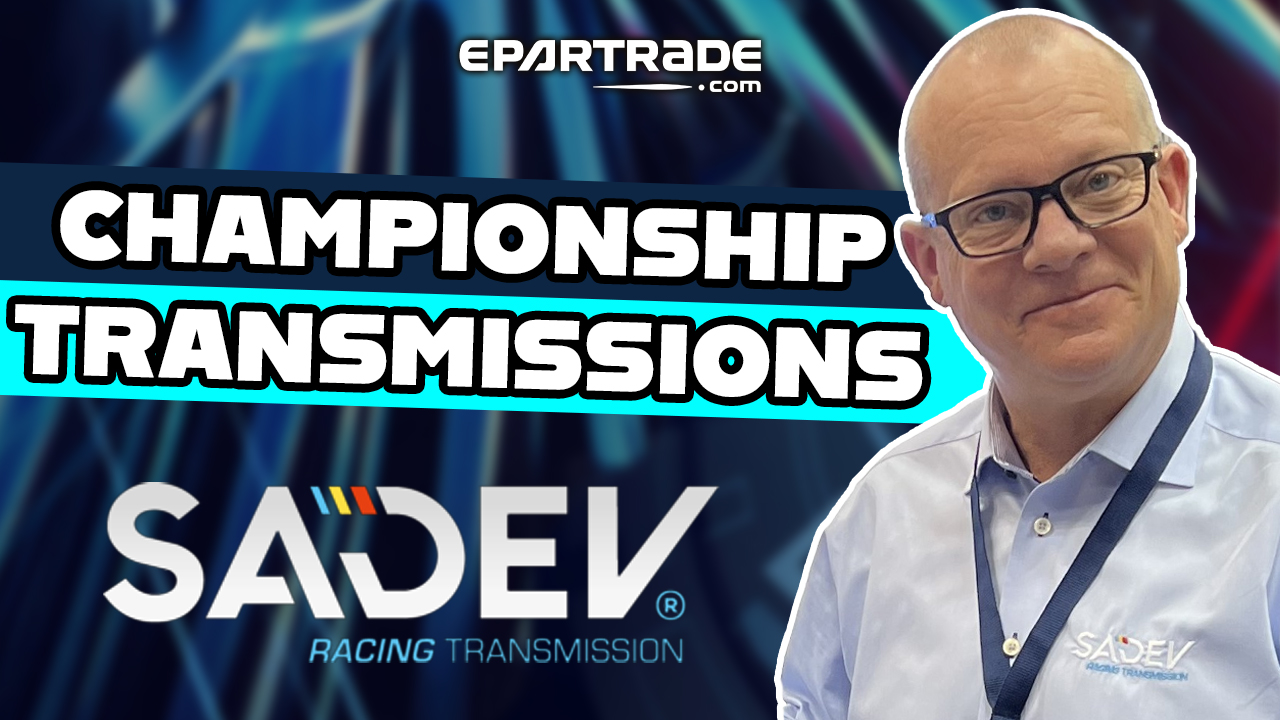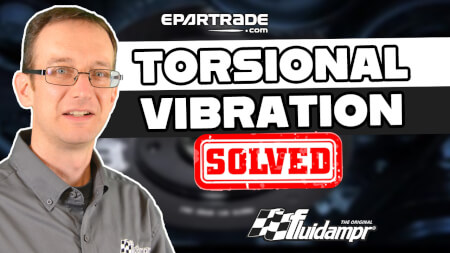October 1st 2025
K1 RaceGear’s JR Twedt Redefines Sponsorships & Partnerships in Motorsports
In the latest episode of EPARTRADE’s acclaimed Race Industry Now webinar series, “Sponsorships & Partnerships in Motorsports,” JR Twedt, General Manager and Director of Operations at K1 RaceGear and Free Minds, delivered an unflinching, data-driven look at how sponsorship models are evolving in today’s motorsports ecosystem. Hosted by Brad Gillie of SiriusXM Channel 90’s Late Shift, the session drew hundreds of live participants and sparked candid discussion on the realities of funding, marketing, and building sustainable relationships in racing.
From Sponsorship to Partnership: A New Model for Value Creation
Twedt opened by challenging the conventional wisdom that “sponsorship makes the world go round.” For niche, direct-to-consumer manufacturers like K1 and Free Minds, the traditional “logo-for-product” model has largely lost its impact.
“The days of sponsorship are somewhat gone,” Twedt said. “What we’re after are long-term partnerships—mutually beneficial agreements with shared responsibilities. That’s where true ROI lives”
He drew a clear line between the two concepts:
- Sponsorship: A short-term arrangement—monetary or product exchange for brand exposure (stickers, social media posts).
- Partnership: A long-term, metrics-driven relationship built on shared goals, measurable outcomes, and accountability on both sides
This distinction has been “lost over the past 25 years,” he noted, but it’s the foundation for enduring success in motorsports marketing.
Quantifying Return on Investment: The 5-to-1 Rule
Twedt offered a rare glimpse into K1’s internal metrics. For every dollar allocated to a partnership, the company expects a five-to-one return to cover production costs, labor, marketing, and a 20–25% margin for investors.
“If I take five suits at a retail cost of $10,000 and put a sticker on a car, your responsibility in this partnership is to show me how that generates a $50,000 return,” Twedt explained. “Without that, it’s not a partnership—it’s a giveaway”
He cautioned teams against relying solely on follower counts or “estimated media value” (EMV) packets, which often overstate impact for niche B2B products like fire suits and safety gear. “You can’t tell me how many of those followers actually buy fire suits,” he said bluntly
How Teams Should Pitch: Research First, Customize Always
When asked what race teams and drivers should know before submitting proposals, Twedt was equally direct:
“Study the business you’re approaching first. Are they a niche direct-to-consumer product like we are, or a mass-market brand like a car wax company? Tailor your proposal around that,” he advised
He recounted receiving generic media decks at SEMA and PRI that failed to mention K1 by name or show a plan for converting exposure into sales. “We have software and analytics that can break down barriers—use them before you ask for thousands of dollars,” he said.
Case Study: Turning a Conversation into a Partnership
Twedt illustrated his approach with a story from Knoxville Raceway. Veteran sprint car driver Brian Brown approached him with a rare question: “What would move the needle for your brand?” Within minutes, Brown connected Twedt with Smiley’s Racing Products—a relationship that led to a substantial purchase order within a week and a simple, reciprocal arrangement for gear.
“He knew exactly which lever to pull, and I knew exactly what I was looking for,” Twedt said. “That’s what partnership looks like—two sides asking what moves the needle for each other”
Why Timing, Geography, and Format Matter
K1’s business model still relies heavily on trackside, hand-to-hand sales. Safety gear is personal—drivers want to touch, fit, and test products. Twedt explained how he values multi-tier sponsorships not by broadcast reach but by entry counts, demographics, and timing of events:
- Entries per event: K1 tracks conversion rates from 60-driver vs. 300-driver fields.
- Daypart analysis: The first days of an SCCA Runoffs week may outperform Saturday’s big crowds because testing days allow more time for conversations.
- Geography: ROI from showing Kyle Larson’s suit at a California karting event far outstrips returns from NASCAR stock-car exposure
Building an Ambassador Program That Lasts
At the heart of K1 and Free Minds’ strategy is their Ambassador Program, which emphasizes safety, quality, and mutual value. Backed by K1 Speed’s global indoor and outdoor karting footprint, the program has grown every year, and—remarkably—has retained 100% of its full ambassadors over the past eight years.
“I haven’t lost one driver in eight years who was a full ambassador for K1 or Free Minds,” Twedt noted. “They’ve had offers from other companies, but because we share responsibility and results, they stay”
A Warning Against “Free Flooding” the Market
Twedt also criticized the recent trend of companies flooding the market with free or deeply discounted products to appear larger than they are. “It muddies the waters, confuses racers, and those companies usually disappear within a year,” he said. Instead, he urged competitors to focus on building better products and sustainable relationships:
“Our industry is weaker when we lose brands. Even my competitors. I don’t want to see them fail—I’d rather see them do the right thing and grow”
Experience, Credibility, and a Call for Industry Unity
With 30 years in racing—as an engine builder, businessman, and manufacturer—Twedt positions his blunt advice as an offer to help, not just to sell. “It doesn’t do any of us any good to see legacy brands struggling. If we share our intelligence and pedigree on this subject, we’ll all get further working together,” he concluded
